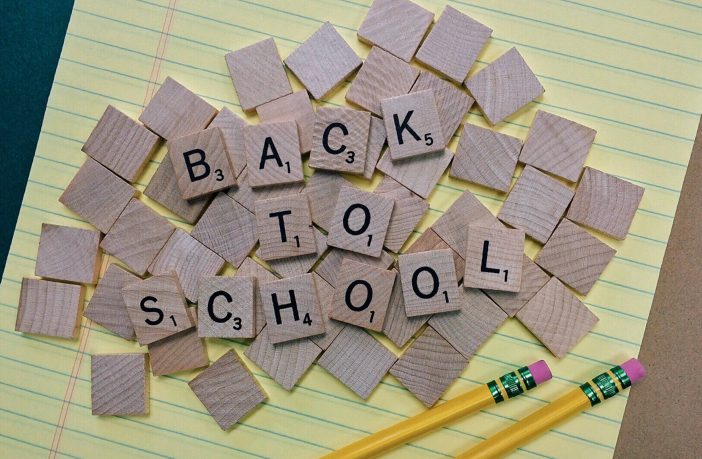The end goal is net carbon zero but this is not achieved over night. Start the year with sustainability as your watch word. The beginning of school year is a perfect opportunity to entrench new eco-friendly habits. Whether it is zero waste lunches or eliminating single-use plastics, teachers, parents and students can make a difference. Here are some tips:
- Back-to-school shopping:While new supplies are always fun and exciting, there are plenty of last year’s items that are reusable. Reusing items is friendly not only to the environment, but also to your wallet. For supplies that can’t be reused, look for items that are made from recycled materials.
- Zero waste:Reducing waste doesn’t just apply to school supplies. Reduce waste this year by making zero waste lunches, reusing water bottles and recycling. If you don’t already have one, buy a reusable lunch bag, and pack zero waste lunches. Avoid single use plastic packaging at all costs.
- Reduce carbon emissions from transportation:If your school is close enough to walk or bike, ditch the car a few times a week. The exercise helps students focus in school, reduces your carbon emissions and saves you money. If students can’t or shouldn’t walk alone, form a neighborhood walk to school group or simply just walk with your friends. If you live far from your school, ask your teacher to explore a carpool initiative.
- Start or join an environmental club:Make changes both at your home and in school by starting or joining an environmental club. You will be surprised how many there are in your area. It is a great way to exchange ideas and make a difference by reaching out to other less fortunate communities who no less like minded.
- Green education:Teachers can build sustainability concepts into your curriculum. This can be as simple as providing math problems that calculate water consumption or as complex as students conducting a school-wide water or waste audit. Other practical initiative can be a vegetable garden, grey or rain water recycling, composting or a simple signage reminder program to switch off lights when they are not needed.
- Green cleaning: Set up green cleaning in your school or classroom. Buy and use cleaning supplies that are eco-friendly and not harmful to the environment. Check the labels for toxic materials. You will find that ‘green’ cleaning materials are healthier for the people doing the cleaning and the students.
Author: Bryan Groenendaal












